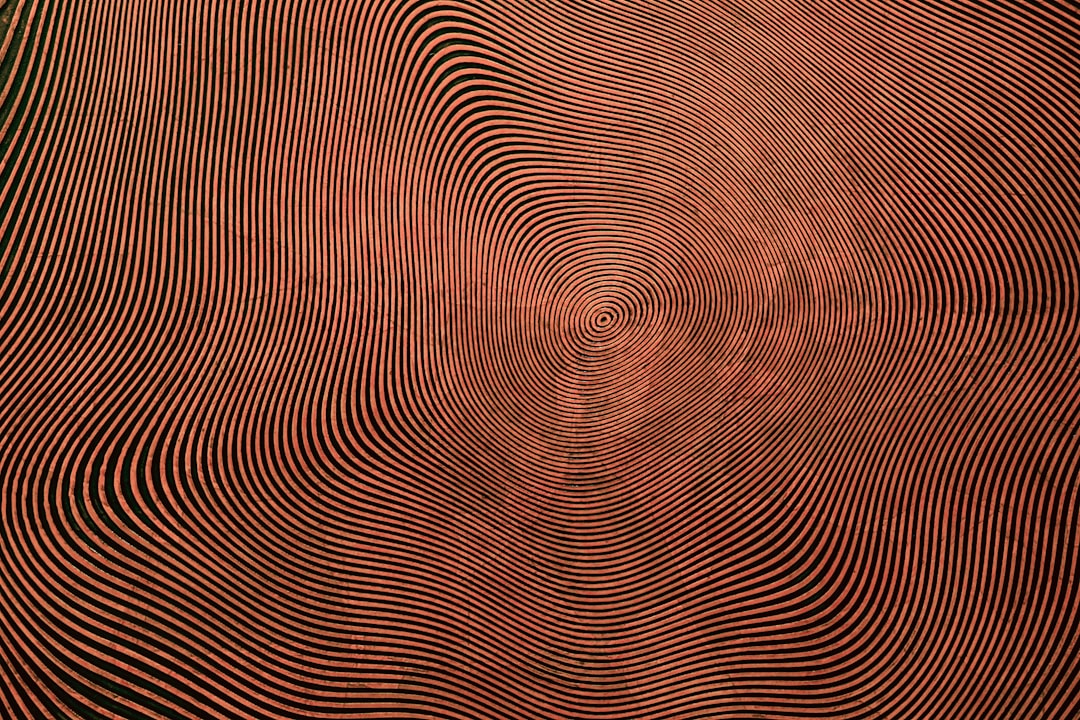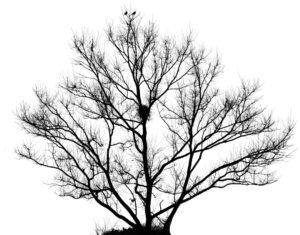Life isn't random. It's full of patterns.

They are the invisible threads that weave our days together. For years I couldn't see them. I was stuck in a loop of bad habits. Gaming until 3 a.m. binge eating to deal with stress and feeling lazy and unproductive. I felt like I was just a passenger in my own life. It wasn't until I started looking for the patterns that everything began to change.
Pattern recognition isn't some superpower reserved for detectives or scientists. It’s a skill we all have. It's how we learn to walk talk and understand the world. But we can sharpen this skill and use it to build a better life. By seeing the connections between our actions feelings and results we can finally take control.
We can break the cycles that hold us back and build new ones that move us forward.
Seeing the Code in Your Own Life
The most important patterns to recognize are your own. Your habits your emotions your energy. This is where real change begins. I had to see that my late-night gaming sessions were a pattern for avoiding loneliness. And that pattern always led to a next day filled with brain fog and bad food choices. Once I saw the code I could start to rewrite it.
Here are some patterns to look for in yourself.
Your Triggers. What one thing happens right before you fall into a bad habit? Is it stress boredom a certain time of day? Find the trigger.
Your Energy Levels. When do you feel most alert and focused? Is it the morning or afternoon? Work with your natural energy pattern instead of fighting it. For me it’s the first 2-4 hours of the day. That’s my deep work time.
Your Emotional Cycles. Notice how your mood shifts. What things consistently lift you up or bring you down?
Your Procrastination Cues. When you avoid a task what do you do instead? We all have go-to distractions. Recognizing yours is the first step to overcoming them.
Actions and Consequences. Connect what you do with how you feel later. Eating that bag of chips leads to feeling sluggish. Going for a walk leads to feeling clear-headed.
Understanding the People Around You
Pattern recognition also helps our relationships. When we understand the patterns in others we can communicate better show more empathy and avoid misunderstandings.
What's Not Said. Sometimes the most important communication is in the silence or the topic someone avoids.
Body Language. Notice how people hold themselves when they are happy nervous or upset. It often tells you more than their words.
Communication Styles. Is your friend direct or indirect? Does your boss prefer emails or face-to-face chats? Matching their style helps.
Emotional States. You can learn to see the early signs of when a loved one is feeling stressed or down. This allows you to offer support before they have to ask.
Behavioral Repeats. Does a friend always run late? Does a family member always bring up the same old argument? Seeing these patterns helps you prepare and not take it personally.
Reading Your Environment
Your surroundings are constantly sending you signals. Paying attention to these patterns can make your life easier and help you make better choices. This is where I had a breakthrough with my weight loss. I recognized a simple pattern: every time I walked through the kitchen to get to the living room I would open the pantry. I didn't even think about it. The environment was triggering the habit. I changed my path and it made a huge difference.
Environmental Influences. A clean workspace often leads to a clear mind. A cluttered one can lead to feeling overwhelmed. Your environment has a pattern of influence.
Traffic and Crowds. You learn to anticipate rush hour or know which grocery store aisle will be packed on a Saturday.
Weekly Rhythms. Notice the general mood of your workplace on a Monday versus a Friday. Life has a weekly pulse.
"Problem" Zones. That comfortable couch that always leads to a nap instead of a workout. The snack cabinet. Identify the places that trigger your worst habits.
Finding Opportunities. See what's missing in your community or workplace. These are patterns of need that you might be able to fill.
Making Sense of the World
We are flooded with information every day. Pattern recognition helps us sort through the noise find what matters and make sense of complex ideas.
Connecting New to Old. When you learn something new connect it to something you already know. This creates a pattern of understanding that makes it stick.
Finding the Main Idea. In a book an article or a conversation practice pulling out the core message.
Seeing Cause and Effect. Look for the link between events. This happened because that happened. This skill is the foundation of good judgment.
Spotting Trends. This isn't just for business. You can spot trends in your own health your family's spending or even the types of books you enjoy.
Simplifying the Complex. Big problems are just a collection of small patterns. Break a challenge down into its parts and it becomes much easier to solve.
How to Strengthen This Skill
Seeing patterns isn't passive. It’s an active choice to pay attention. It gets easier with practice. Here’s how I started.
- Keep a Simple Log. At the end of the day I'd write down a few things. What did I eat? How was my energy? What did I accomplish? What was I grateful for? After a week I could already see patterns emerging between my food my sleep and my mood.
- Ask "Why?" Constantly. Don't just accept things. Ask why. Why did I feel so tired today? Why did that conversation go so well? Be curious about your own life.
- Pray for Wisdom. For me faith is the ultimate pattern recognition tool. When I feel lost or confused I pray. I ask God to help me see my life from His perspective. It helps me see the bigger patterns the lessons He is trying to teach me through my struggles and my victories. It brings a sense of peace and clarity that nothing else can.
You don't need to master all 20 of these at once. Just start by paying a little more attention. You have the ability to see the underlying code of your life. Once you see it you can change it.
So here’s my question for you: What is one small pattern in your daily life you can start paying attention to today?





